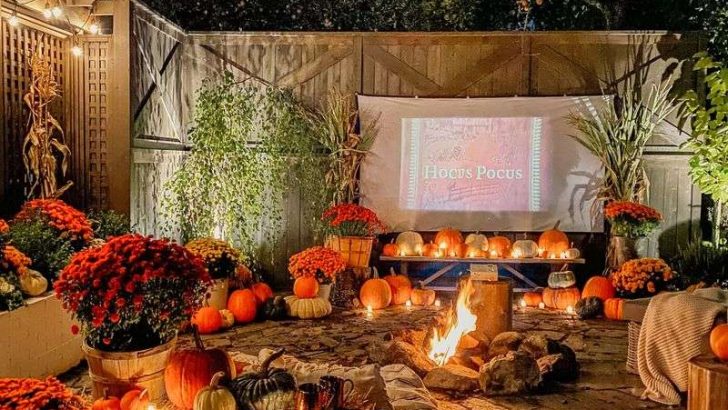In recent years, local and federal regulations have tightened, making certain backyard features illegal due to safety, environmental, or zoning concerns. Homeowners, once eager to enhance their outdoor spaces with unique installations, now find themselves navigating a landscape of legal restrictions. These changes have been driven by a combination of safety hazards, environmental impact, and the need for community uniformity.
As a result, what was once a common addition to many homes has become a potential legal headache. Let’s explore five backyard features that have been outlawed, and uncover the reasons behind their prohibition. From safety risks to environmental concerns, understanding these restrictions will help you plan your outdoor space more effectively.
1. Dive Pools
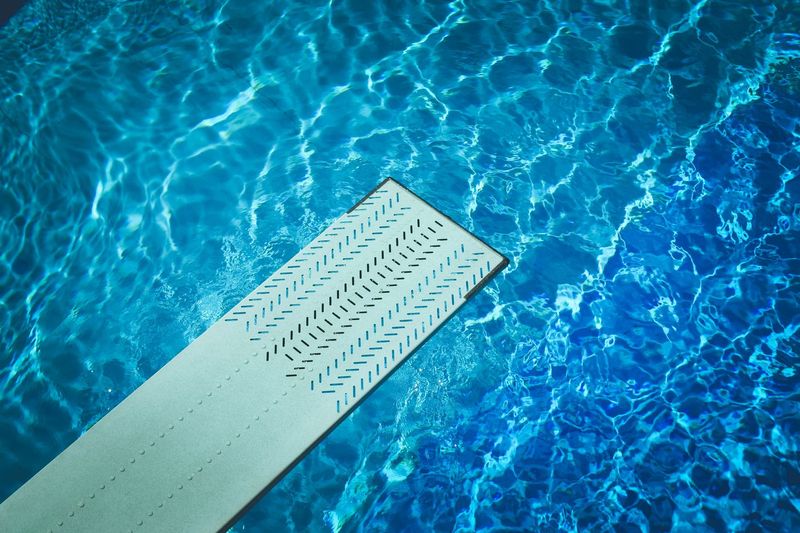
Imagine a summer afternoon, the sun shining brightly, and the inviting sparkle of a dive pool in your backyard. Dive pools, once cherished for their thrill, have become a thing of the past in many areas. Due to safety risks associated with their depth and the potential for injury, dive pools have faced bans. Regulations focus on reducing accidents, especially with children. The nostalgia of daring dives is now replaced by safer alternatives, such as splash pools. Remember, ensuring safety is more important than the fleeting thrill of a dive.
2. Fire Pits
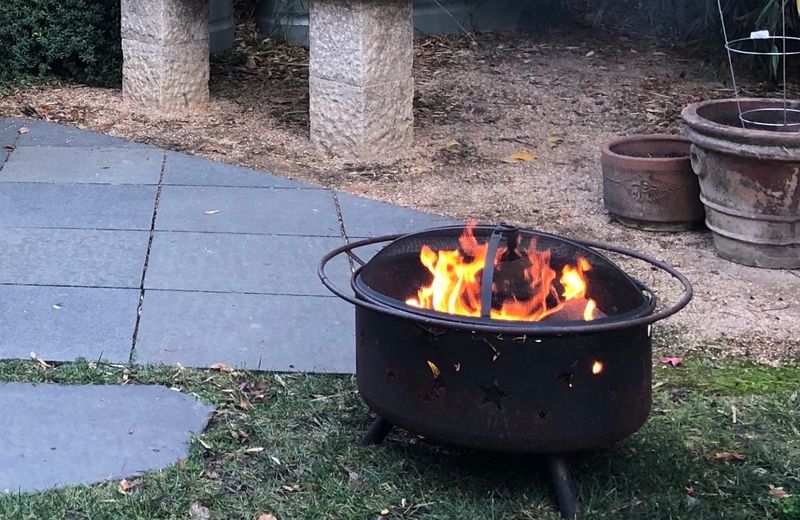
Once the heart of cozy gatherings, fire pits have been outlawed in several cities due to fire hazards and air quality concerns. The smoke from burning wood contributes to air pollution, affecting those with respiratory issues. Additionally, stray sparks pose a risk, especially in dry climates prone to wildfires. Urban areas, in particular, have taken stringent measures to eliminate these risks. Although the warmth of a fire pit is unmatched, modern regulations prioritize health and safety over nostalgia.
3. Outdoor Kitchens
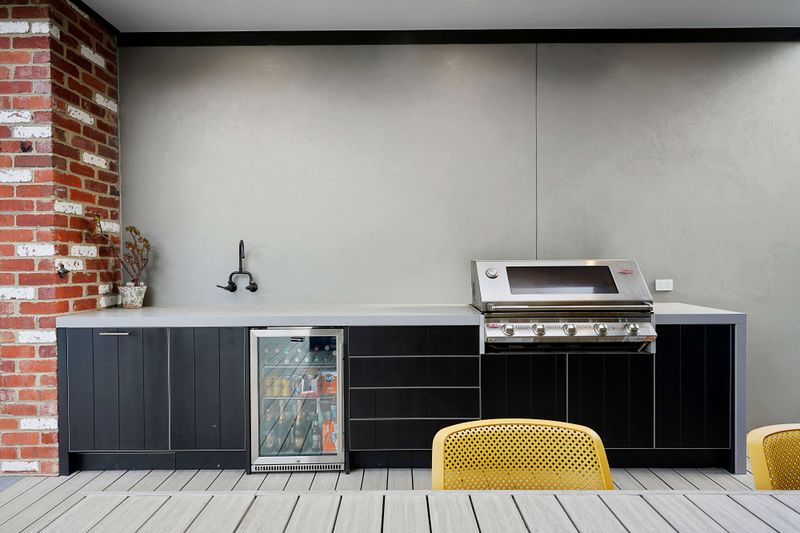
Picture this: a summer cookout in a fully-equipped outdoor kitchen. However, these features are now restricted due to zoning laws and safety concerns. The complexity of gas lines and electrical systems outdoors poses risks, leading to their prohibition in many regions. While the allure of an alfresco dining experience remains, homeowners must adapt by using portable grills or simpler setups. Embracing safety, these laws aim to prevent accidents, ensuring a secure cooking environment for all.
4. Ornate Fences
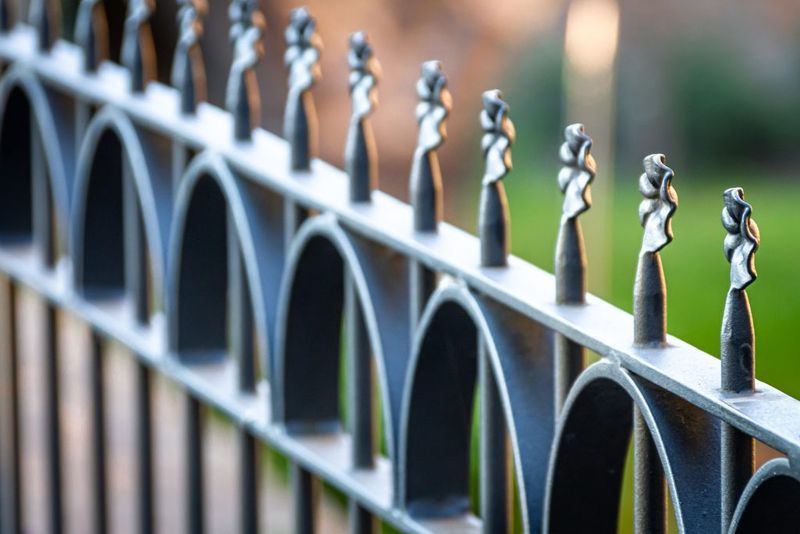
Tall and highly decorative fences might sound appealing, offering privacy and an aesthetic boost. However, some communities now ban such fences due to their imposing nature and potential to disrupt neighborhood harmony. Height restrictions and design codes promote cohesiveness and ensure emergency services have clear access. While ornate fences add grandeur, the importance of community aesthetics and safety takes precedence. Simpler designs are encouraged to maintain a balanced visual appeal.
5. Artificial Ponds
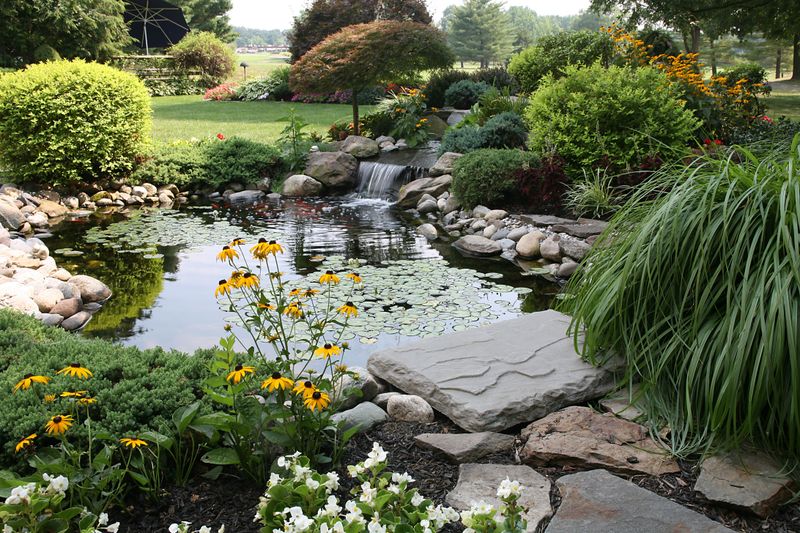
Artificial ponds, with their tranquil appeal, have been banned in various locales for environmental reasons. Water usage concerns and the potential to disrupt local ecosystems have made these features problematic. Additionally, standing water can become a breeding ground for mosquitoes, posing health risks. While the serenity of a backyard pond is undeniable, the focus now shifts to sustainable landscaping. By prioritizing native plants and efficient water use, homeowners can create beautiful yet eco-friendly gardens.

Well, hello there!
My name is Jennifer. Besides being an orthodontist, I am a mother to 3 playful boys. In this motherhood journey, I can say I will never know everything. That’s why I always strive to read a lot, and that’s why I started writing about all the smithereens I came across so that you can have everything in one place! Enjoy and stay positive; you’ve got this!

